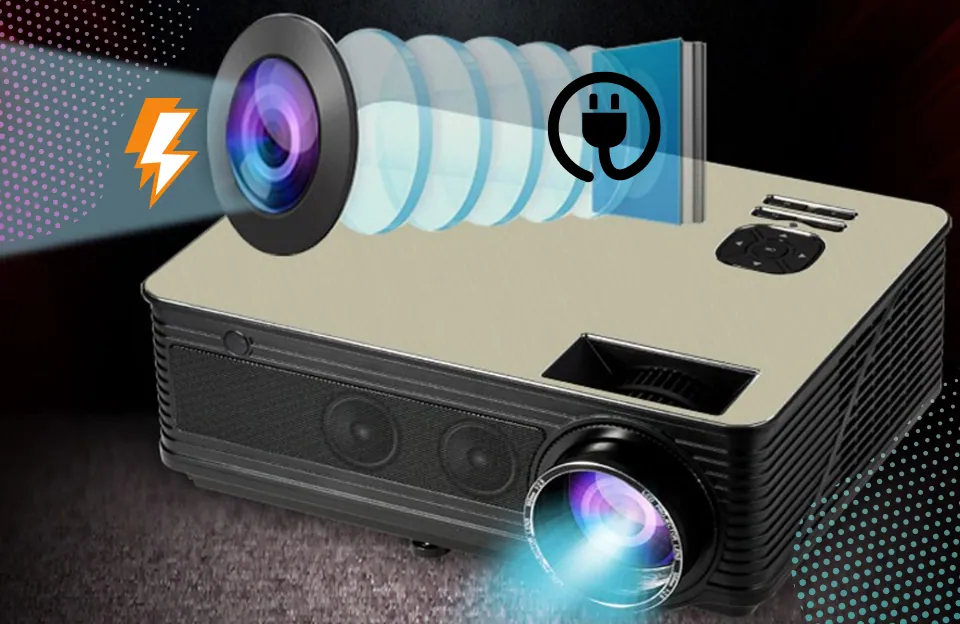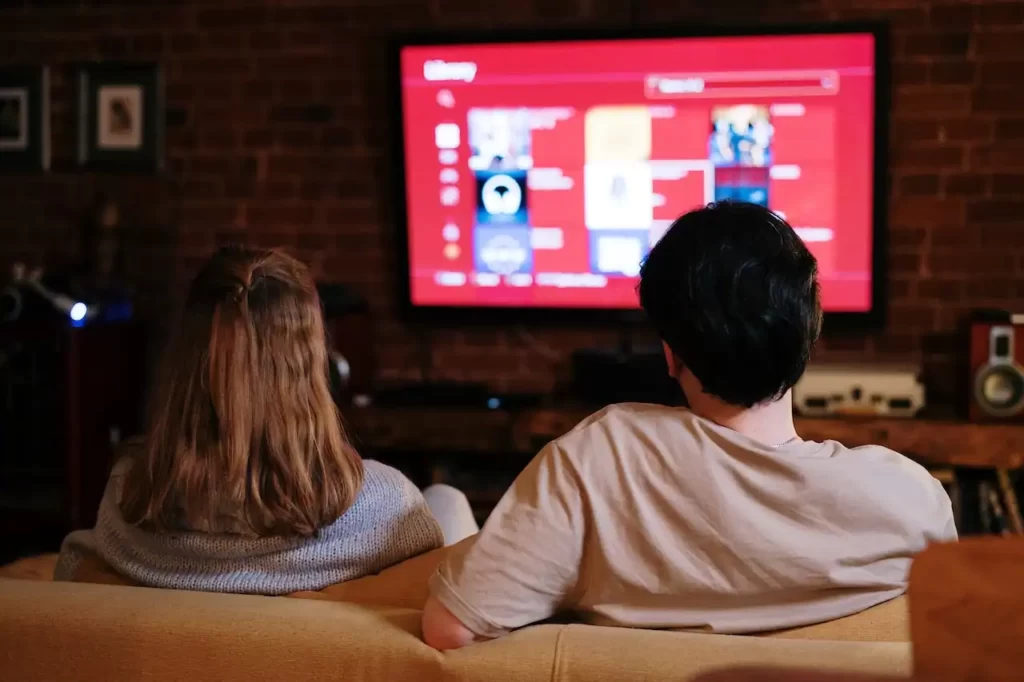Projectors have become an essential tool for presentations, entertainment, and educational purposes. However, understanding the power consumption of projectors is crucial, as it helps users make informed decisions about their energy usage and ensures they choose the right equipment for their needs.
In this comprehensive guide, we give you the answers to how many watts does a Projector use? and What factors can affect the Projector’s Power consumption?
How Many Watts Does a Projector Use?
How Many Watts Does a Projector Use? The number of watts that a projector uses can vary depending on the model and manufacturer. Most projectors require between 150 and 400 watts of power when in use. However, it’s important to note that this is just an estimate, and the actual power usage may vary.

Some factors that can affect power consumption include the brightness level, display mode, content being projected, and additional features like built-in speakers or networking capabilities.
To get accurate information about the power consumption of a particular projector, it’s best to refer to the manufacturer’s specifications or consult the projector’s user manual.
What Is Watt anyway?
In the realm of power consumption and energy efficiency, understanding the term “watt” is essential. Watt is the standard unit of power, measuring the rate at which energy is used or transferred. It represents the amount of energy consumed per second. When it comes to projectors, wattage refers to the power consumption required to operate the device.
Knowing the wattage of a projector helps users gauge its energy needs and make informed decisions about power usage. By understanding what watt means and its significance in projector power consumption, individuals can better manage their energy usage and contribute to a more sustainable approach to technology.
Consideration
It’s important to consider the wattage of a projector when choosing a model, as higher-wattage projectors may consume more energy and generate more heat, which can impact both the energy bill and the lifespan of the projector.
Apart from that, some projectors have energy-saving modes or eco-modes that can help reduce power consumption and extend the lifespan of the lamp or light source.
Recommended:
- How to Troubleshoot Shadow on a Projector?
- Projector Ports: What Are The Ports Available In A Projector?
- Best Projector For Projection Mapping
- Learn All About Projector Specs
What Determines Projector Power Consumption?
Projector power consumption is influenced by various factors, including:
#1. Lamp Type
The type of lamp used in a projector greatly affects its power usage. Traditional lamps, such as Metal Halide and UHP, consume more power compared to newer lamp technologies like LED and Laser.
Lamp Mode and Eco-Settings

Projectors offer different operating modes, including normal, eco, and dynamic. Eco-mode reduces the projector’s power consumption by dimming the lamp’s brightness. Using eco-settings can significantly decrease power usage.
#2. Projection Technology
Different projector technologies, such as LCD, LED, DLP, and Laser, have varying power requirements. Laser projectors typically consume more power compared to LCD and LED models.
Different Projector Power Consumption: An Overview
| Projector’s Category | Estimated Power Consumption |
| LCD Projector | 50 to 150 Watts of Power |
| LED Projector | 30 to 150 Watts of Power |
| Laser Projector | 100 to 500 Watts of Power |
| DLP Projector | 150 to 400 Watts of Power |
| Mini or Pico Projector | 10 to 90 Watts of Power |
#3. Watts and Lumens: Power and Brightness
Watts and lumens are two different measurements that are often used when discussing projectors. Watts refers to the amount of power that a projector consumes, while lumens refer to the brightness of the image that the projector produces.

The brightness of a projector, measured in lumens, directly impacts its power consumption. Higher-brightness projectors typically require more power to produce brighter images.
The Relationship Between Wattage And Brightness
In general, the higher the wattage of the lamp used, the brighter the image projected. However, there is no linear relationship between the wattage and brightness of the projector.
For example, a 200-watt lamp may produce a brightness of 2,000 lumens in one projector, while a different projector with the same wattage lamp may produce only 1,500 lumens due to differences in the design and optics of the two projectors.
Additionally, advancements in projector technology have allowed for more efficient use of power, so newer projectors may be able to produce brighter images with lower-wattage lamps or light sources. This means that comparing the wattage of different projectors is not always the most accurate way to determine brightness.
#3. Resolution and Display Size
Projectors with higher resolutions and larger display sizes tend to consume more power. The additional processing power required to render high-resolution images increases the overall energy demand.
#4. Connectivity and Auxiliary Features

Built-in speakers, Wi-Fi connectivity, and other auxiliary features consume additional power. While these features enhance functionality, it’s important to consider their impact on power consumption.
#5. Standby and Power-Saving Features
Projectors often have standby and power-saving modes that reduce power consumption when not in active use. Enabling these features can help conserve energy when the projector is idle.
How to Measure Projector Power Consumption?
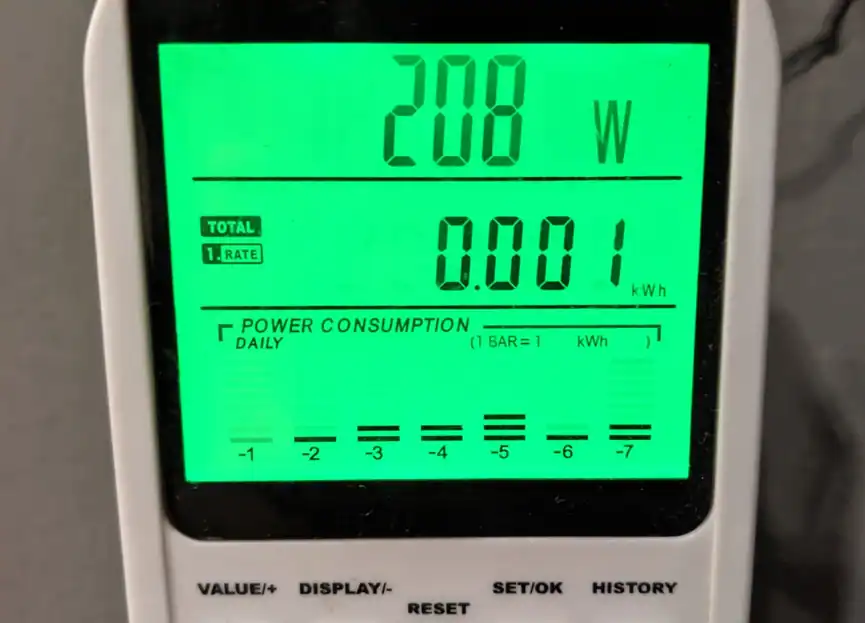
Measuring projector power consumption is essential for understanding energy usage and making informed decisions about power management. While it may not be practical to measure power consumption directly, there are several methods to estimate and compare projector power requirements. Here are some effective ways to measure projector power consumption:
- Manufacturer Specifications: Start by referring to the manufacturer’s specifications provided with the projector. These specifications usually include the wattage or power consumption details for different operating modes, such as normal and eco-mode.
- Power Meters: Using a power meter is another way to measure projector power consumption accurately. Connect the power meter between the projector and the power source to monitor energy usage in real-time.
- Power Usage Monitors: Power usage monitors can provide comprehensive data on the power consumption of electronic devices. Connect the projector to a power usage monitor, which records and displays detailed information about energy usage, including wattage, voltage, and current.
- Energy Calculators: Some manufacturers or energy organizations offer online energy calculators specifically designed for projectors. These calculators take into account various factors like brightness, lamp type, and usage hours to estimate power consumption.
- Professional Energy Audits: For larger installations or commercial settings, consider hiring a professional energy auditor. They can conduct an in-depth analysis of the projector system and provide accurate measurements of power consumption.
Remember, power consumption can vary based on the projector model, settings, and usage patterns. By utilizing these methods, individuals can obtain a good estimation of projector power consumption, allowing them to make informed decisions about energy efficiency and manage power usage effectively.
How Many Watts Does an LCD Projector Use?
A typical LCD projector will consume between 50 to 150 watts of power while it is operating. This power is used to generate heat and light. You can also measure the brightness of an LCD projector for an idea of the amount of energy that is consumed during operation. It’s worth noting that newer models of LCD projectors tend to be more energy-efficient than older models.
Moreover, some models also feature energy-saving modes that can reduce the power consumption of the projector when it is not in use or when the brightness level can be reduced without sacrificing image quality.
How Many Watts Does an LED Projector Use?
We know that a Projector uses a light source to project images onto a screen or other surface. The light source can be either an incandescent lamp (as in the case of a standard projector) or a more modern light-emitting diode (LED).

The wattage of an LED projector can vary depending on the model and manufacturer too. However, LED projectors generally consume less power than traditional lamp-based projectors, and their wattage typically ranges from 30 watts to 150 watts.
Additionally, LED projectors often have longer lifespans than lamp-based projectors, which can result in lower energy costs and less frequent bulb replacements.
How Many Watts Does a Laser Projector Use?
Like other types of projectors, the wattage of a laser projector can also vary depending on the model and manufacturer. Typically, they can range from 100 to 500 watts. They can consume less energy than traditional lamp-based projectors.
They can have shorter lifespans compared to other projectors. Generally, lamp-based projectors can last anywhere from two to six years as per many factors discussed earlier.
One thing to keep in mind is that laser projectors can be more expensive upfront compared to lamp-based projectors.
How Many Watts Does a DLP Projector Use?
A digital light processing (DLP) projector uses a DLP chip to create the image. These chips require less electricity to operate than older-generation chips. DLP projectors are commonly used in business applications such as advertising, presentations, and conferences.
A DLP projector can consume more or less wattage depending on the type of lamp used. The brightness and color of the image that is created also depend on the amount of wattage consumed. The wattage of a DLP projector can be found in the product manual.
The average power consumption of a DLP projector can range between 150 and 400 watts. Higher-wattage projectors tend to consume more power. But, it can vary according to the brightness of the projector.
How Many Watts Does a Mini Projector Use?
A Mini projector is a very useful device that can be used for several purposes. It can be used for presentations, demonstrations, home theaters, and many more. While most of these projectors are designed to be portable and energy-efficient, they usually consume less power compared to other projectors.

Most Mini projectors can be powered by batteries or an AC adapter. A mini projector consumes very little power. It is a great choice for places where there is no electricity.
Related: What Is a Mini Projector?
The wattage of a Mini projector varies depending on the model. It can range from around 10 watts to 90 watts, with some models consuming even less. However, it’s important to note that the brightness and image quality of a mini projector may be affected by its lower wattage, so it’s important to choose a projector that meets your specific needs and requirements.
Projector Power Consumption – Energy Saving Guide
Managing projector power consumption is not only beneficial for reducing energy costs but also for promoting sustainability. By implementing energy-saving practices, users can optimize projector power consumption without compromising performance. Here’s a comprehensive guide to help you save energy while using projectors:
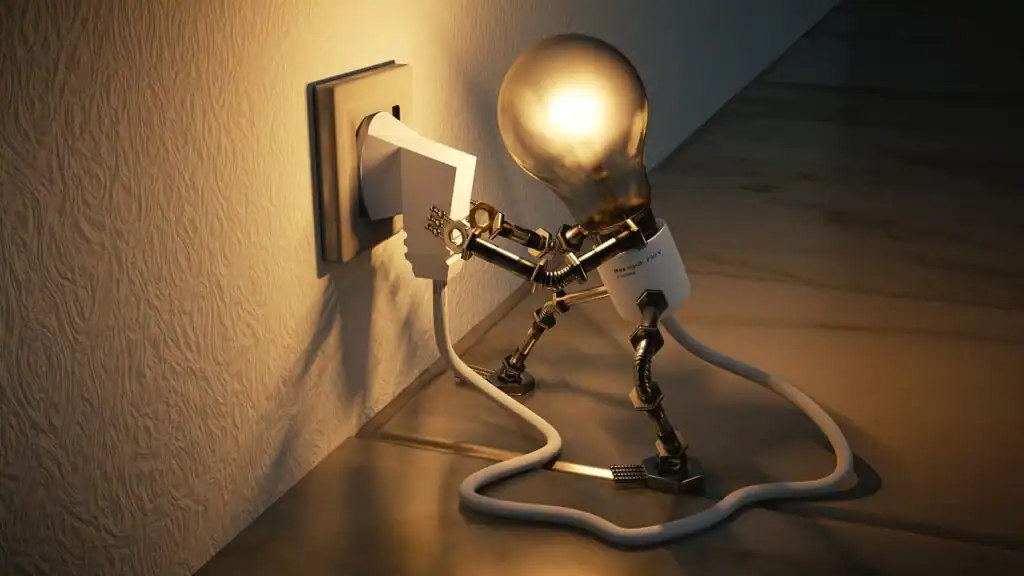
- Choose Energy-Efficient Projectors: Opt for projectors equipped with energy-efficient lamp technologies like LED or Laser. These lamps consume less power compared to traditional lamp types.
- Utilize Eco-Mode: Most projectors offer eco-mode or power-saving settings that reduce brightness and power consumption. Activate these modes when the lighting conditions allow for it, and adjust settings according to your needs.
- Manage Display Brightness: Adjust the brightness settings to match the environment and content requirements. Lower brightness levels consume less power while still delivering satisfactory image quality.
- Consider Resolution: Higher resolutions require more processing power and, in turn, higher power consumption. Choose the appropriate resolution for your needs to avoid unnecessary energy usage.
- Optimize Lamp Usage: Extend the lifespan of your projector’s lamp by turning it off when not in use. Avoid leaving the projector in standby mode for extended periods, as it still consumes power.
- Minimize Auxiliary Device Usage: Reduce the use of built-in speakers, Wi-Fi connectivity, or other auxiliary features when not required. These features consume additional power, so disable them when not in use.
- Clean and Maintain Regularly: Dust and debris can hinder the projector’s cooling system, leading to increased power consumption. Clean the projector’s air filters and vents regularly to ensure optimal airflow and performance.
- Power-Off Completely: When finished using the projector, make sure to turn it off completely. This ensures that no unnecessary power is consumed, especially during long periods of inactivity.
By following these energy-saving tips, you can effectively manage and reduce projector power consumption. Not only will you save on energy costs, but you will also contribute to a greener and more sustainable environment. Remember, every effort counts when it comes to conserving energy and making a positive impact.
Frequently Asked Questions [FAQs]
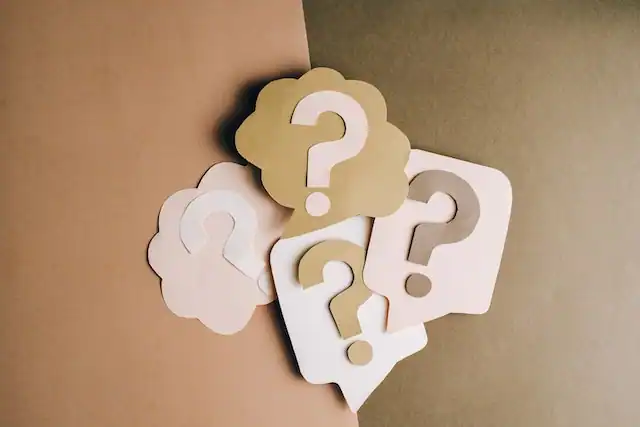
How Many Watts Does An Epson Projector Use?
The Epson projector uses electrical power. A typical Epson projector uses anywhere between 50 watts and 400 watts of power, depending on the model.
There are projectors with a wattage ranging from 50 to over 500 watts. This power required depends on the type of lamp that is being used. Halogen projectors have a lower wattage and xenon projectors require higher wattage.
Is a 40W or 60W bulb brighter?
In terms of brightness, a 60W bulb is generally brighter than a 40W bulb. The wattage of a light bulb indicates the amount of power it consumes, and in traditional incandescent bulbs, higher wattages correspond to higher brightness levels.
However, it’s important to note that with the rise of energy-efficient lighting options, such as LED bulbs, wattage alone may not be the sole factor determining brightness. LED bulbs, for example, can produce the same or even higher brightness levels while consuming significantly less power.
Therefore, when comparing bulb brightness, it’s advisable to consider factors like bulb type, lumens (a measure of brightness), and the specific lighting technology used.
Can I Power a Projector With a Power Bank?
Yes, it is possible to power a projector with a power bank, but it depends on the power requirements of the projector and the capacity of the power bank. Projectors typically require higher power consumption than most electronic devices, so it’s important to ensure that the power bank can supply sufficient power.
Before attempting to power a projector with a power bank, check the power bank’s specifications for its maximum output wattage and compatibility with the projector. Additionally, consider the power requirements of the projector, which can be found in the manufacturer’s specifications.
It’s recommended to test the compatibility and performance of the power bank and projector in advance to ensure reliable and uninterrupted operation.
How can I reduce the amount of electricity used in Projectors?
To reduce the amount of electricity used in projectors, there are several steps you can take.
First, opt for energy-efficient projectors with LED or Laser lamp technologies. These consume less power compared to traditional lamps.
Secondly, utilize the eco-mode or power-saving settings available in most projectors, which lower brightness and reduce power consumption. Adjust the display brightness to match the environment and content requirements.
Additionally, minimize the use of auxiliary features like built-in speakers and Wi-Fi when not needed. Regularly clean and maintain the projector to ensure optimal performance and airflow.
Lastly, turn off the projector when not in use or during extended periods of inactivity to avoid unnecessary power consumption.
The Bottom Line
In conclusion, the amount of watts a projector uses varies depending on the type and model of the projector. Factors such as the projector’s display technology, lamp type, and brightness level all affect its power consumption as mentioned above.
It is essential to consider the power consumption of a projector when choosing one to avoid running into issues such as high electricity bills, limited battery life for portable projectors, or overloading the power source.
Furthermore, using energy-saving modes and features can significantly reduce a projector’s power consumption, prolonging its lifespan and saving on energy costs.
Overall, understanding the power consumption of a projector is essential to optimize its performance, minimize energy usage, and reduce costs. Choosing the right projector and utilizing energy-saving features can have a positive impact on the environment and your pocket.
As an experienced Software Engineer in a Projection-Based Technology Company, I love sharing my Knowledge to utilize and help others to learn more about Projectors. Thus one can get the right Projector for their needs.

